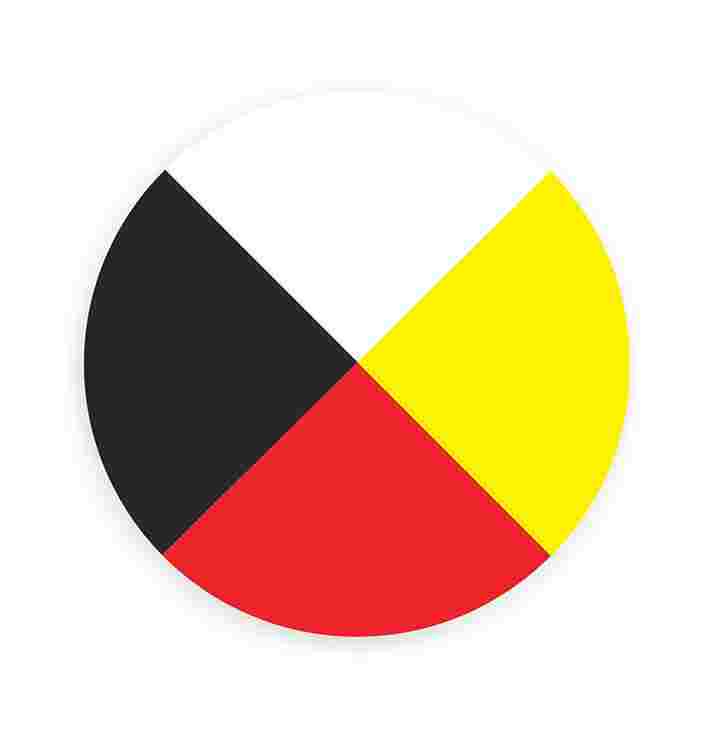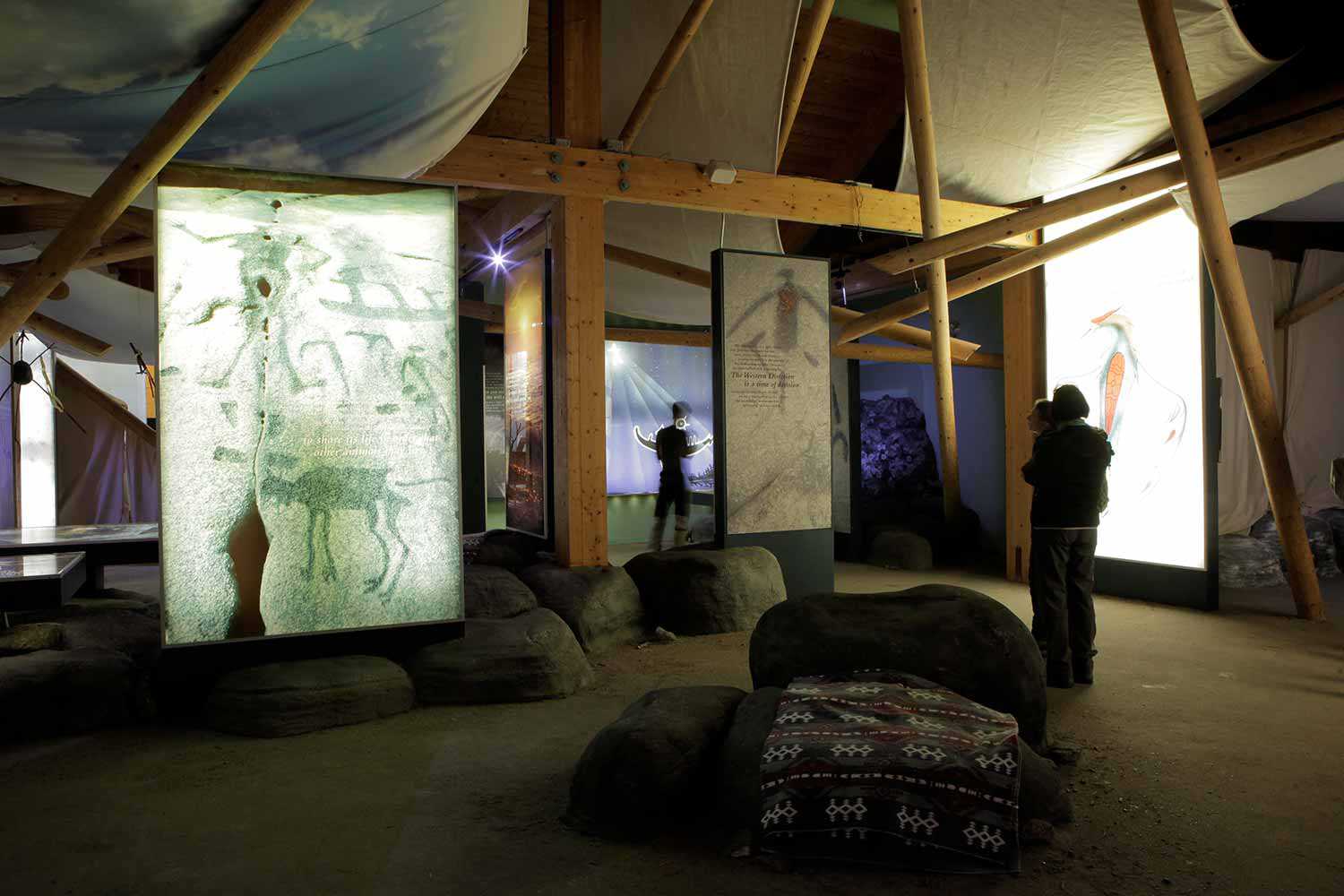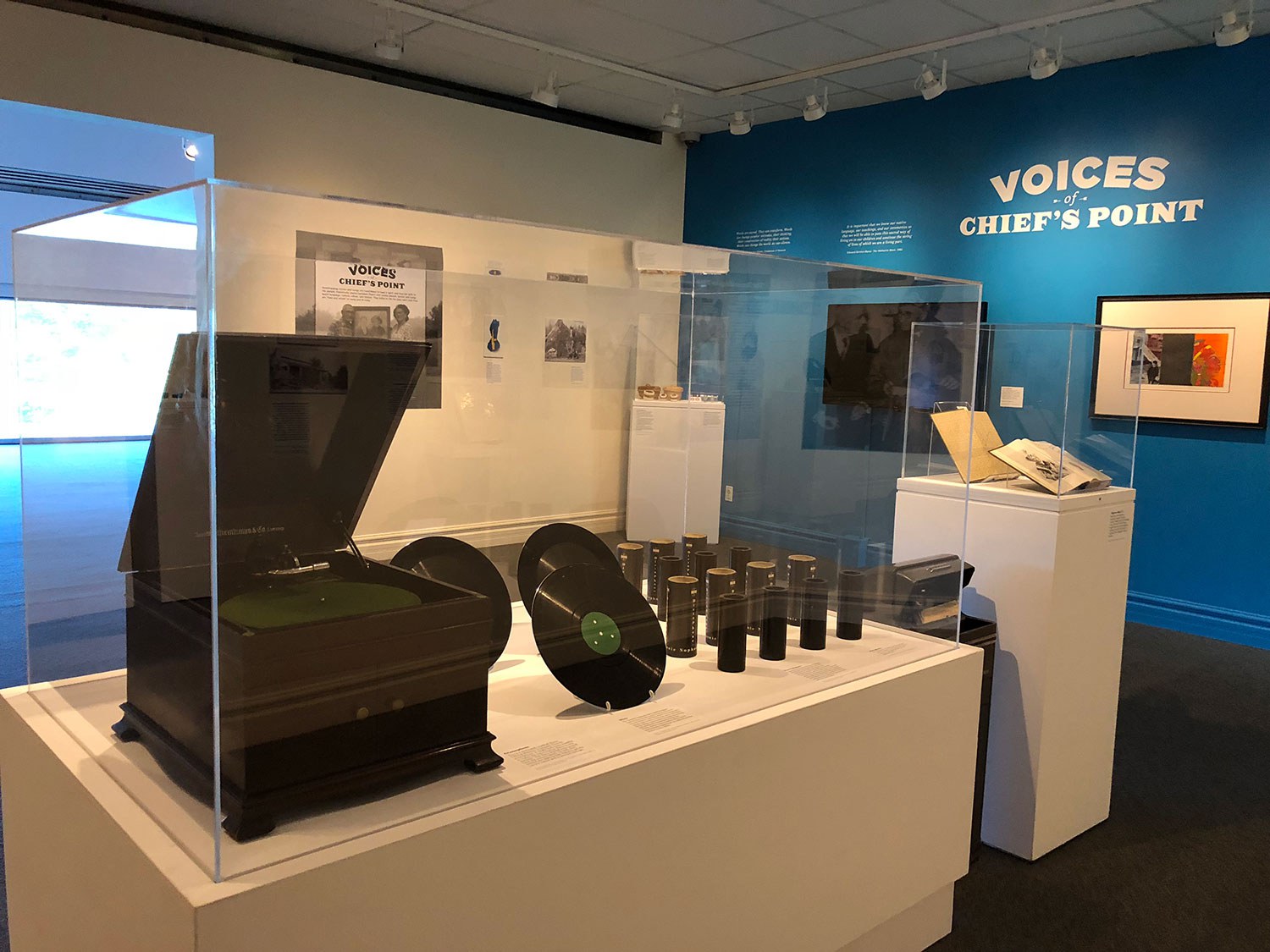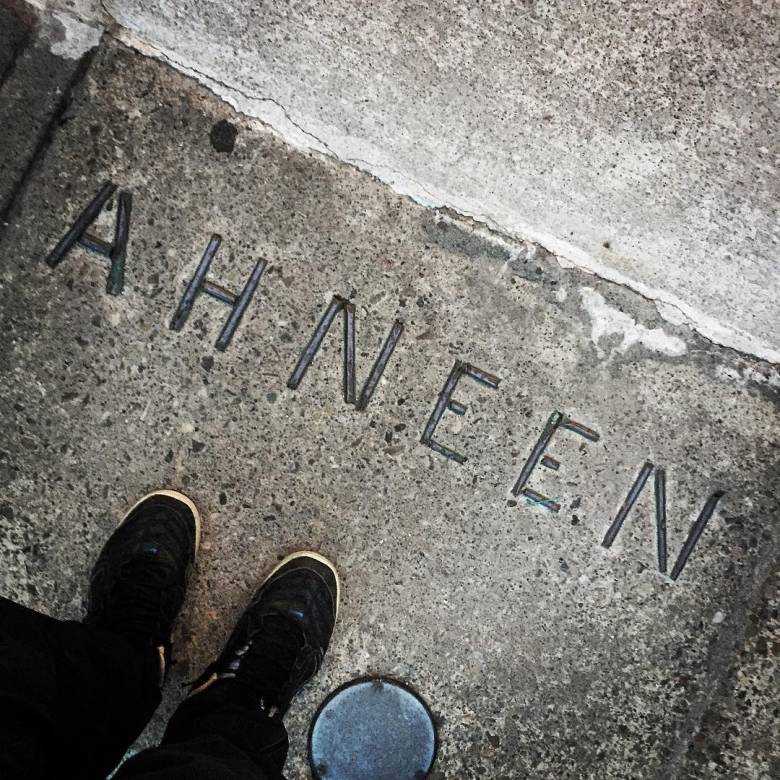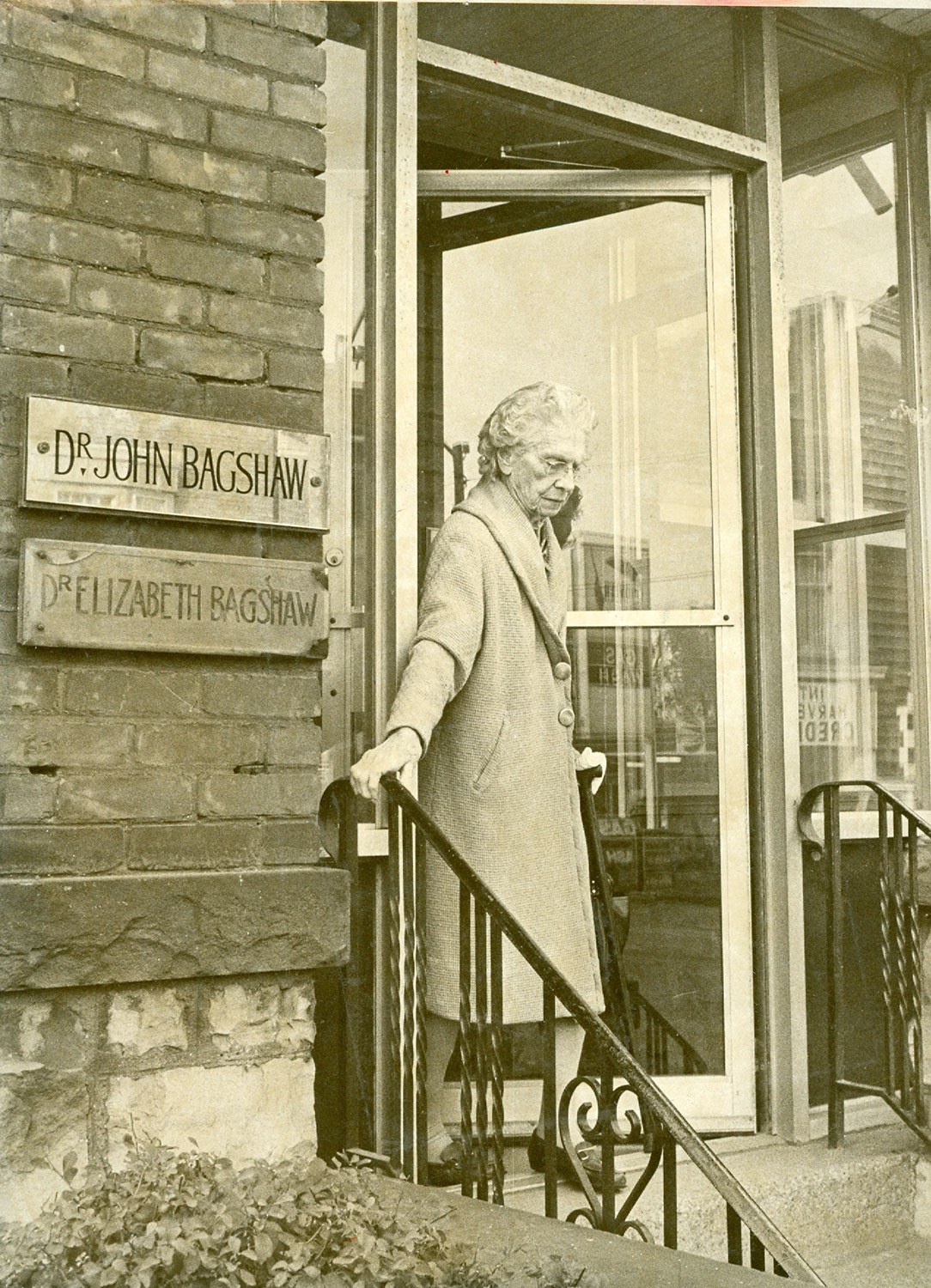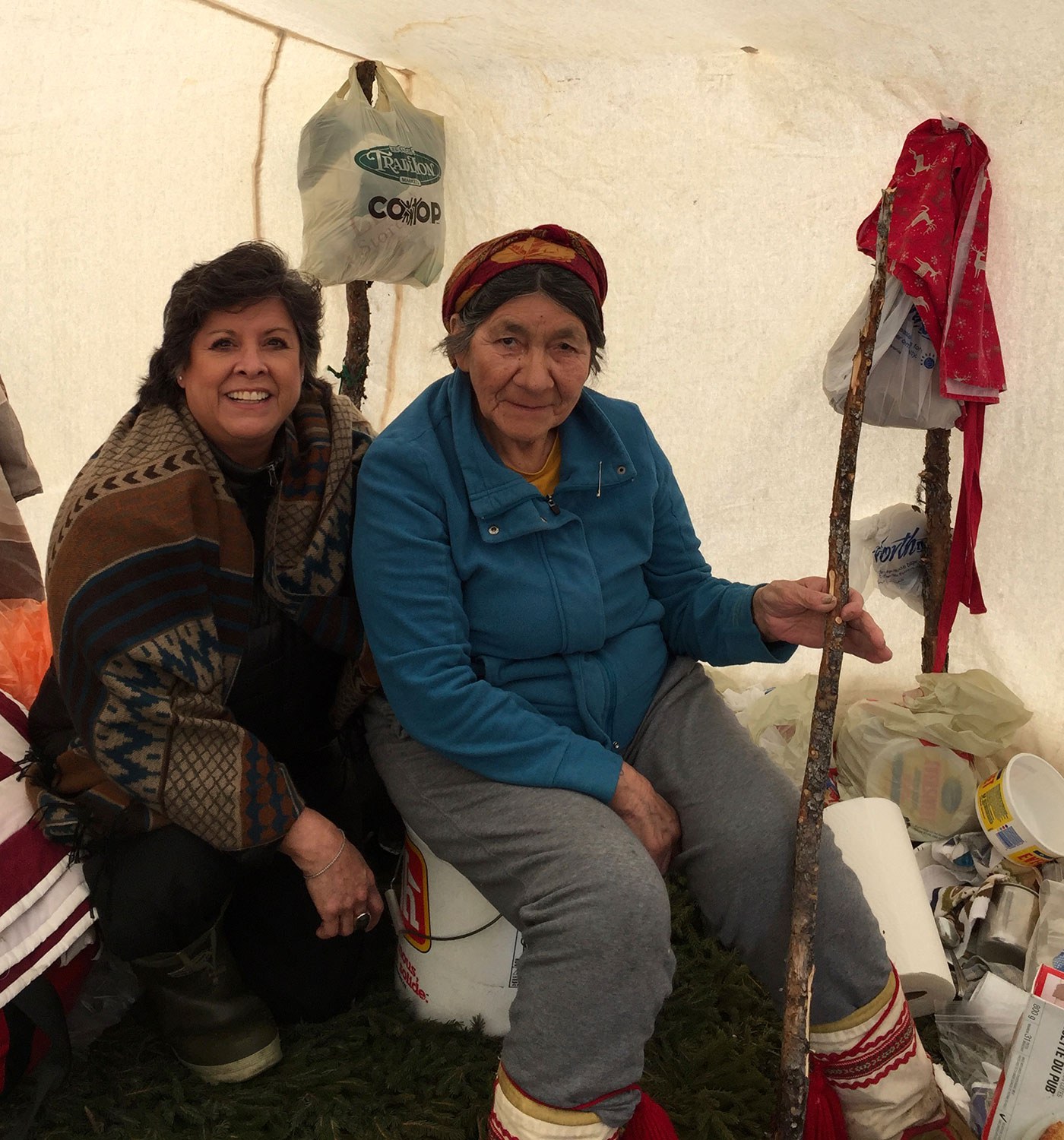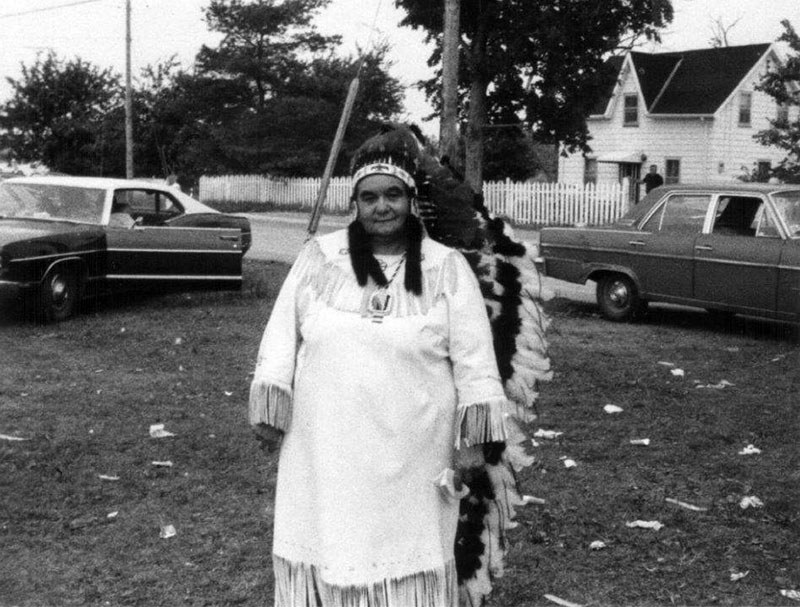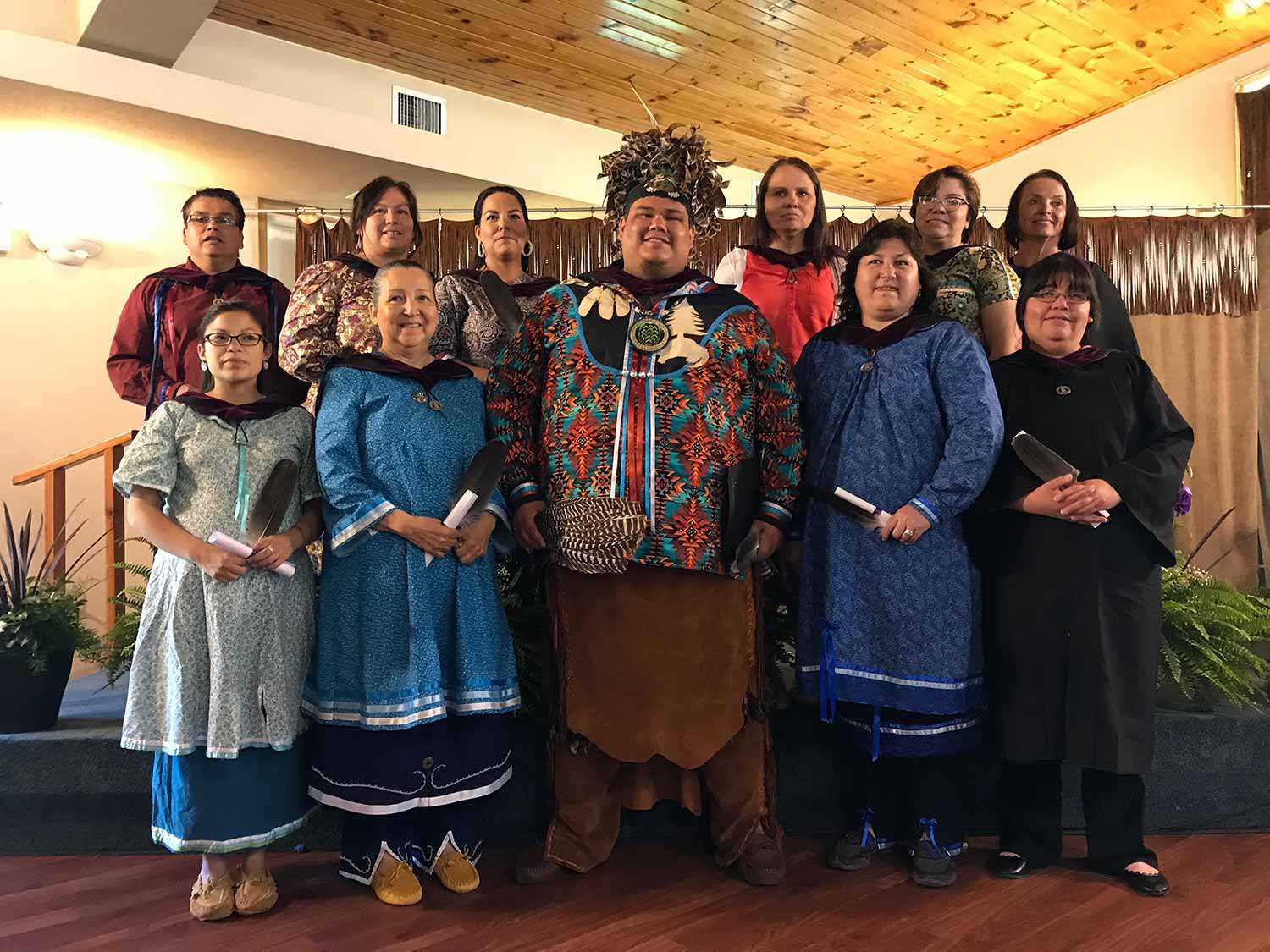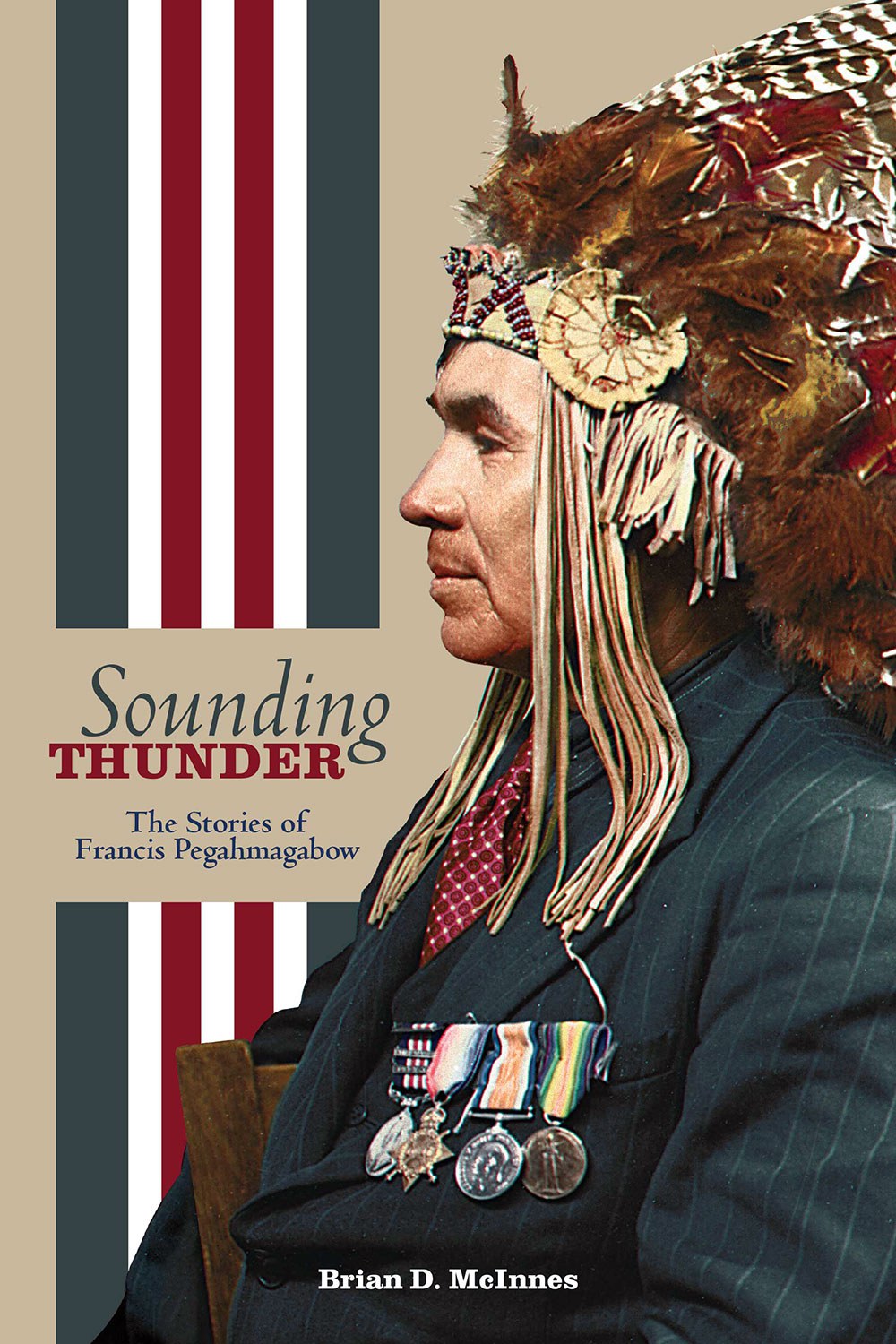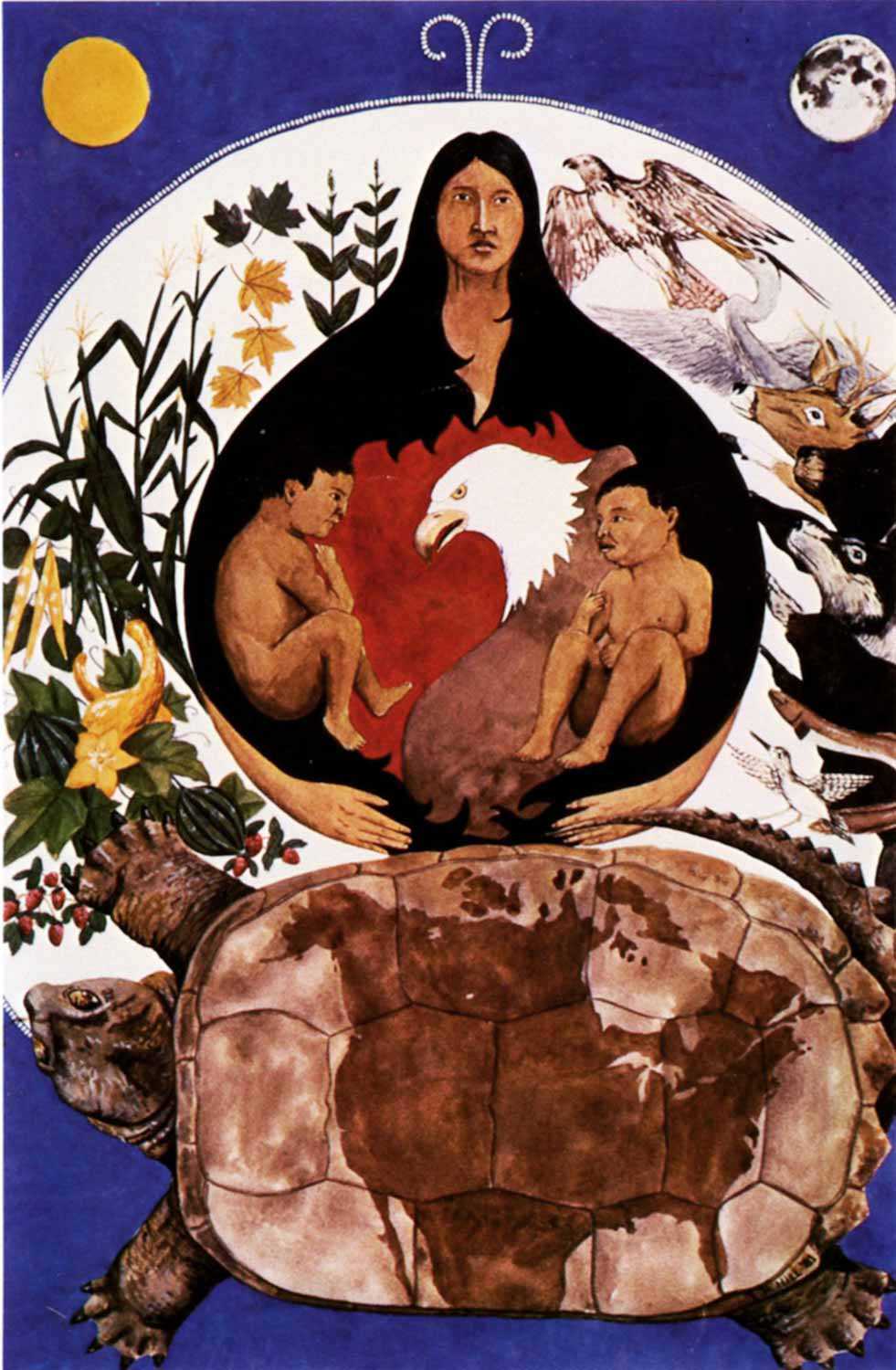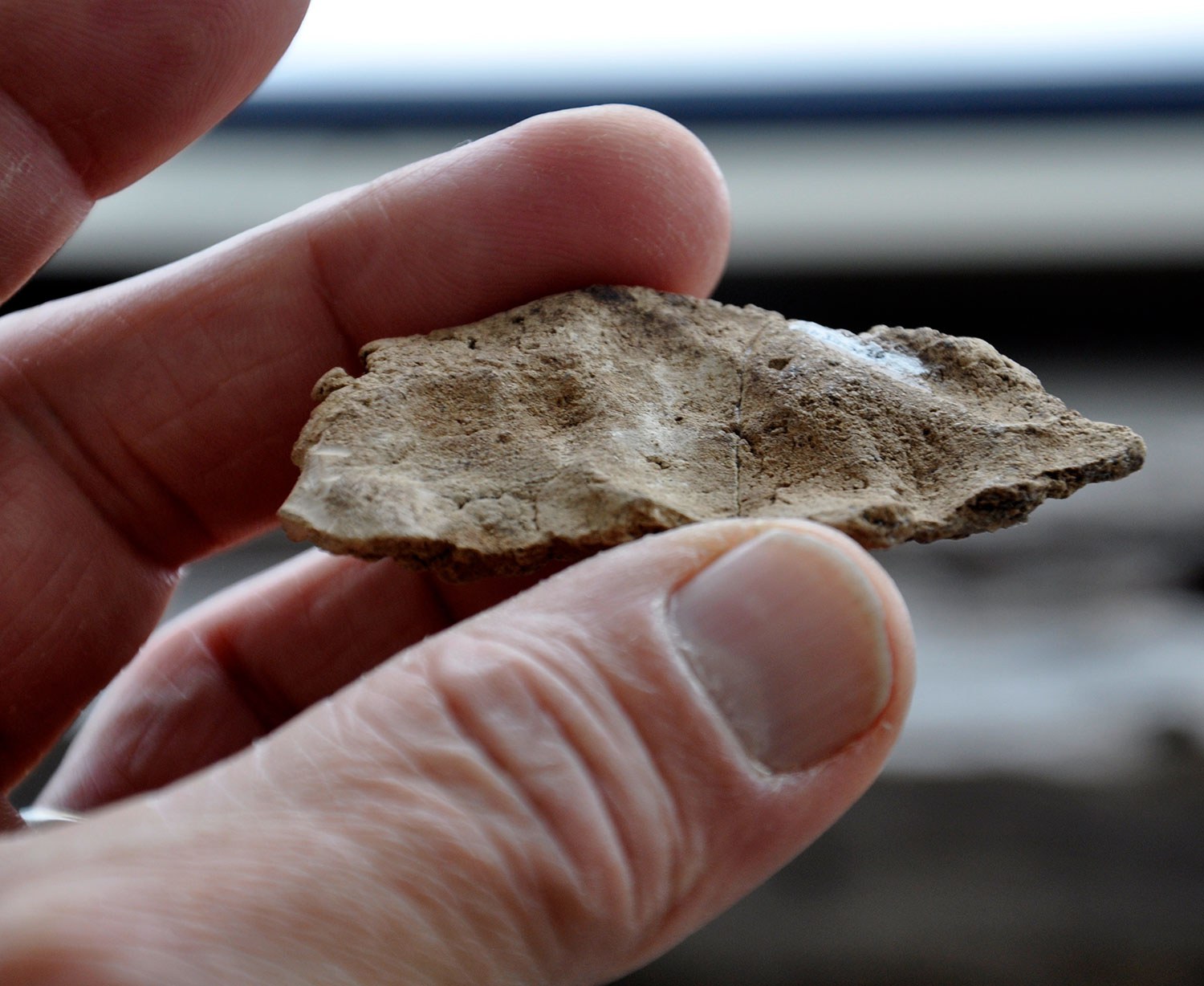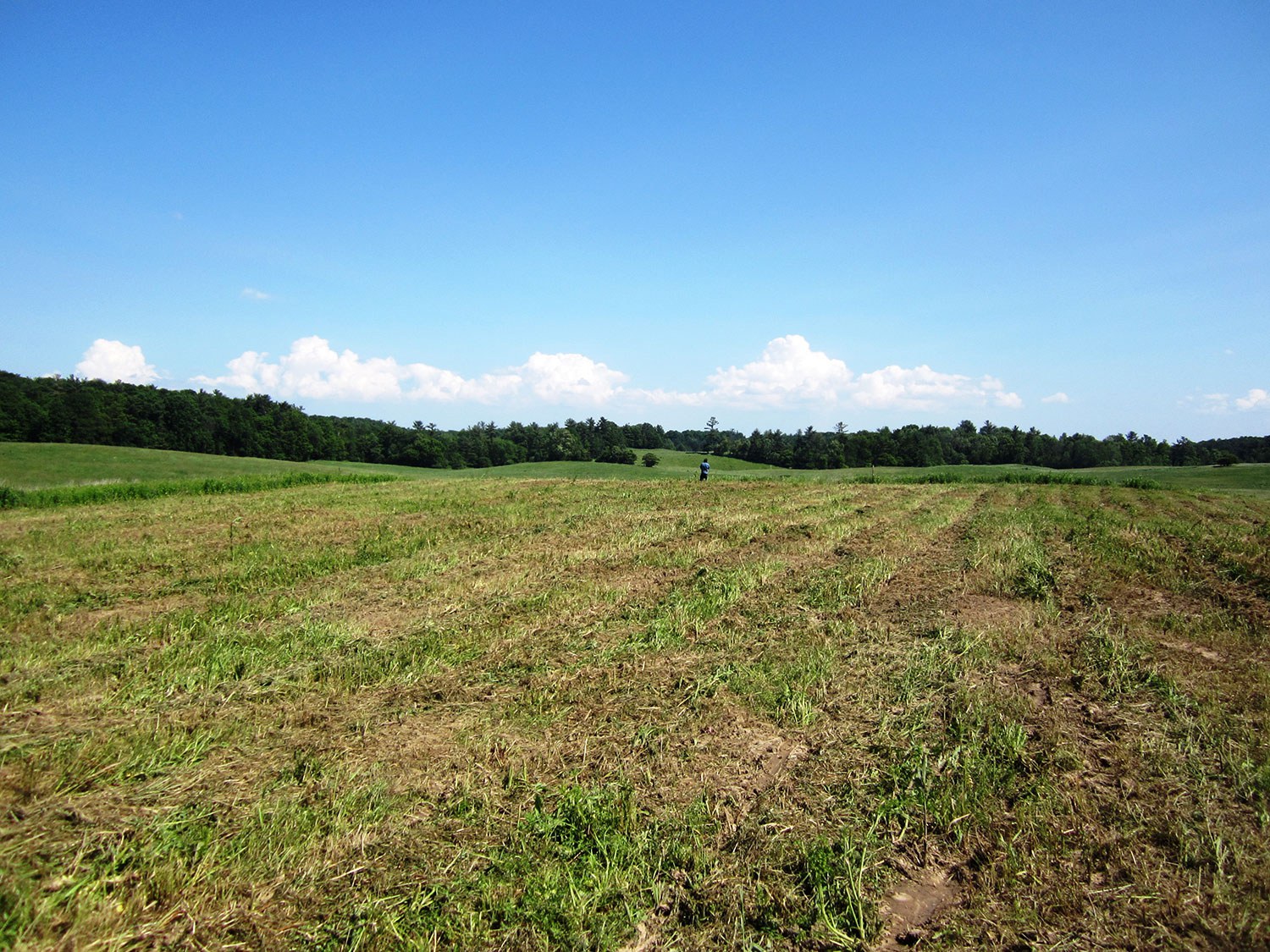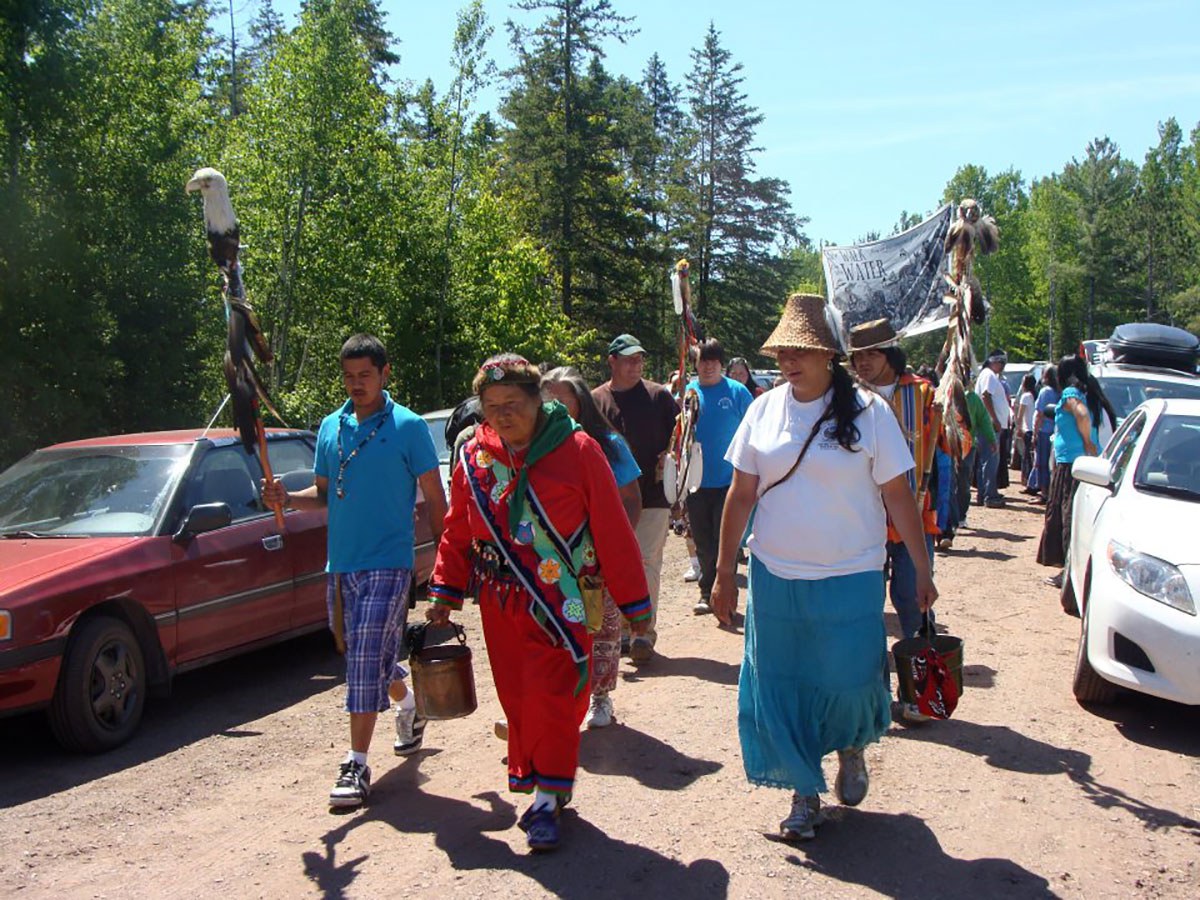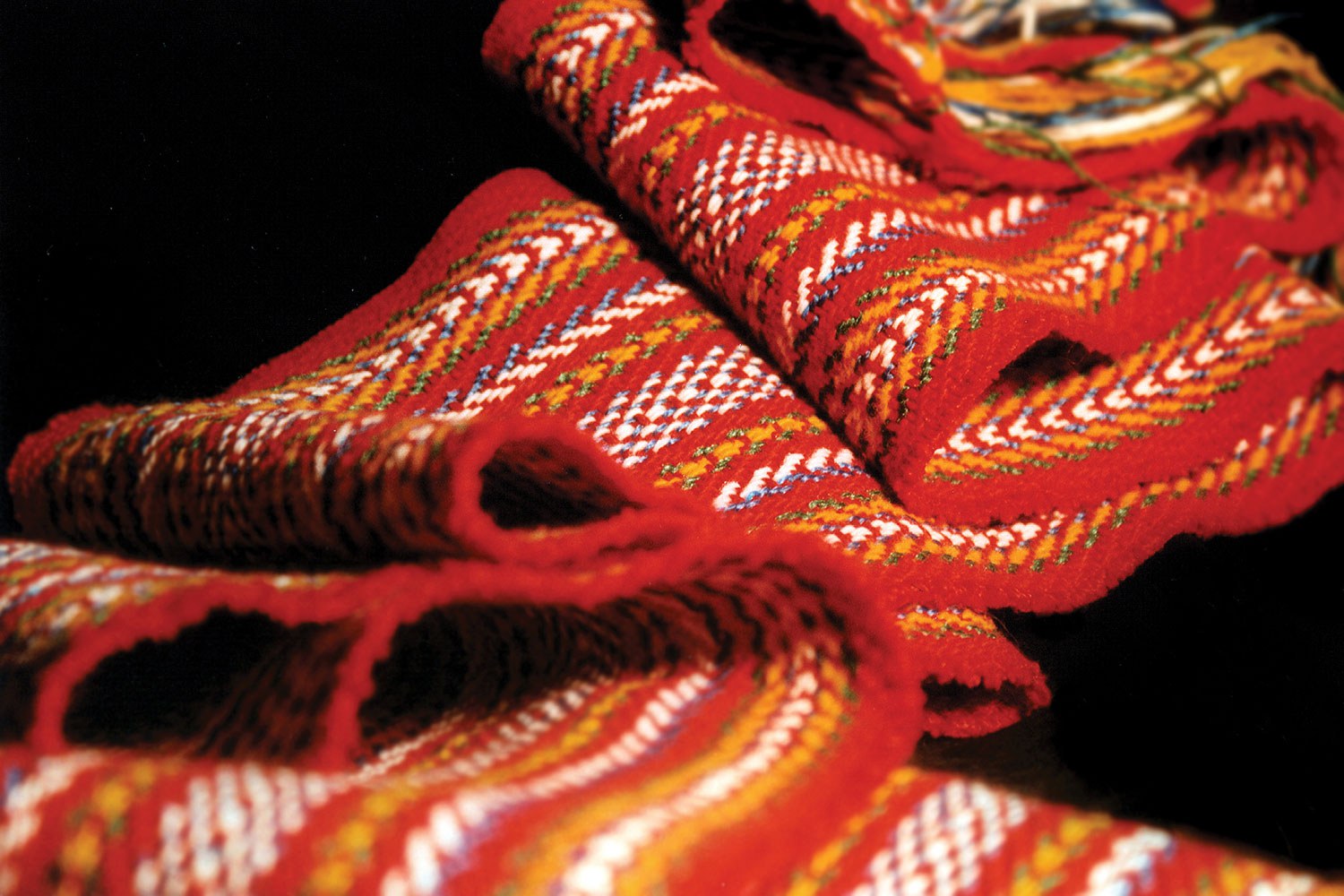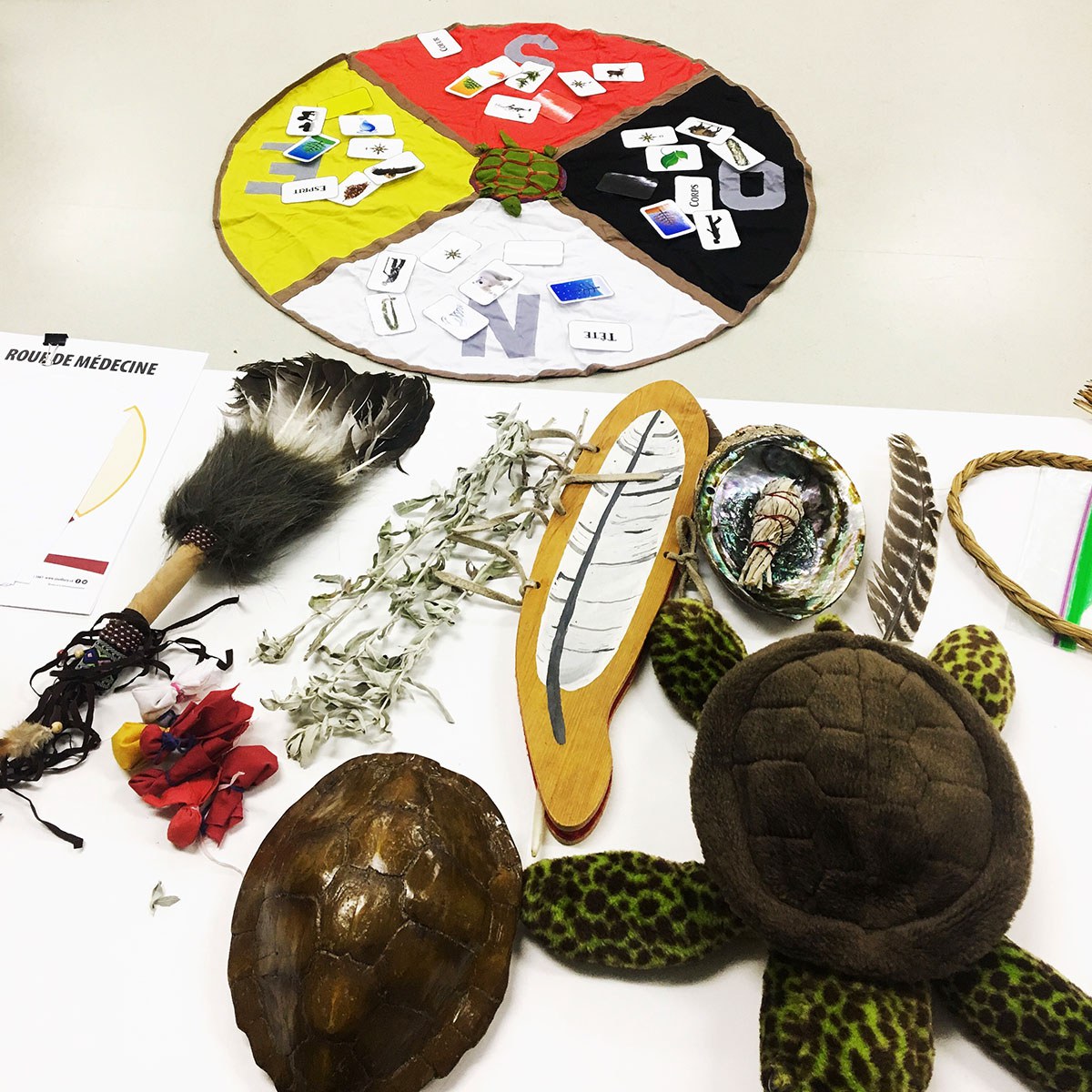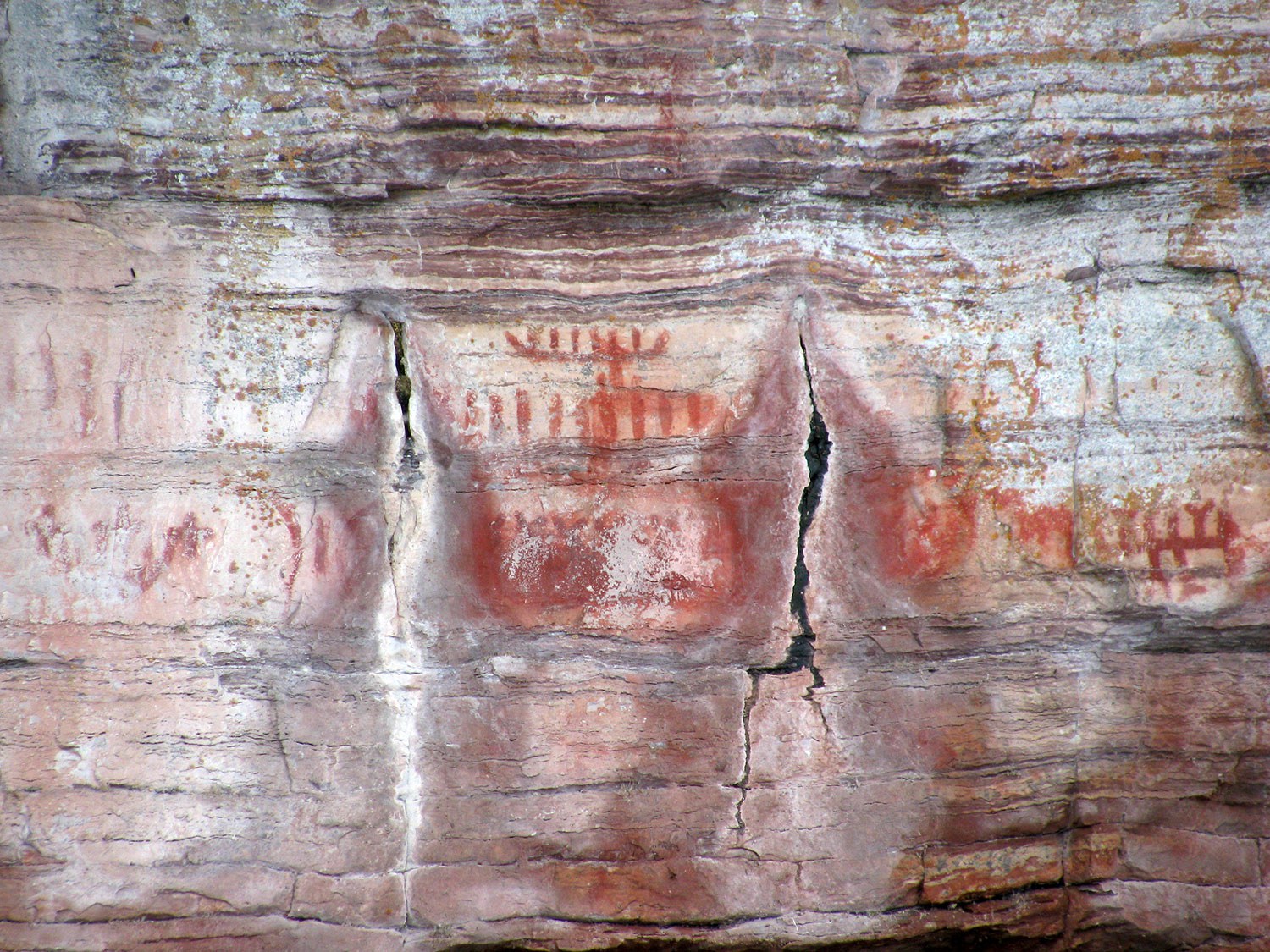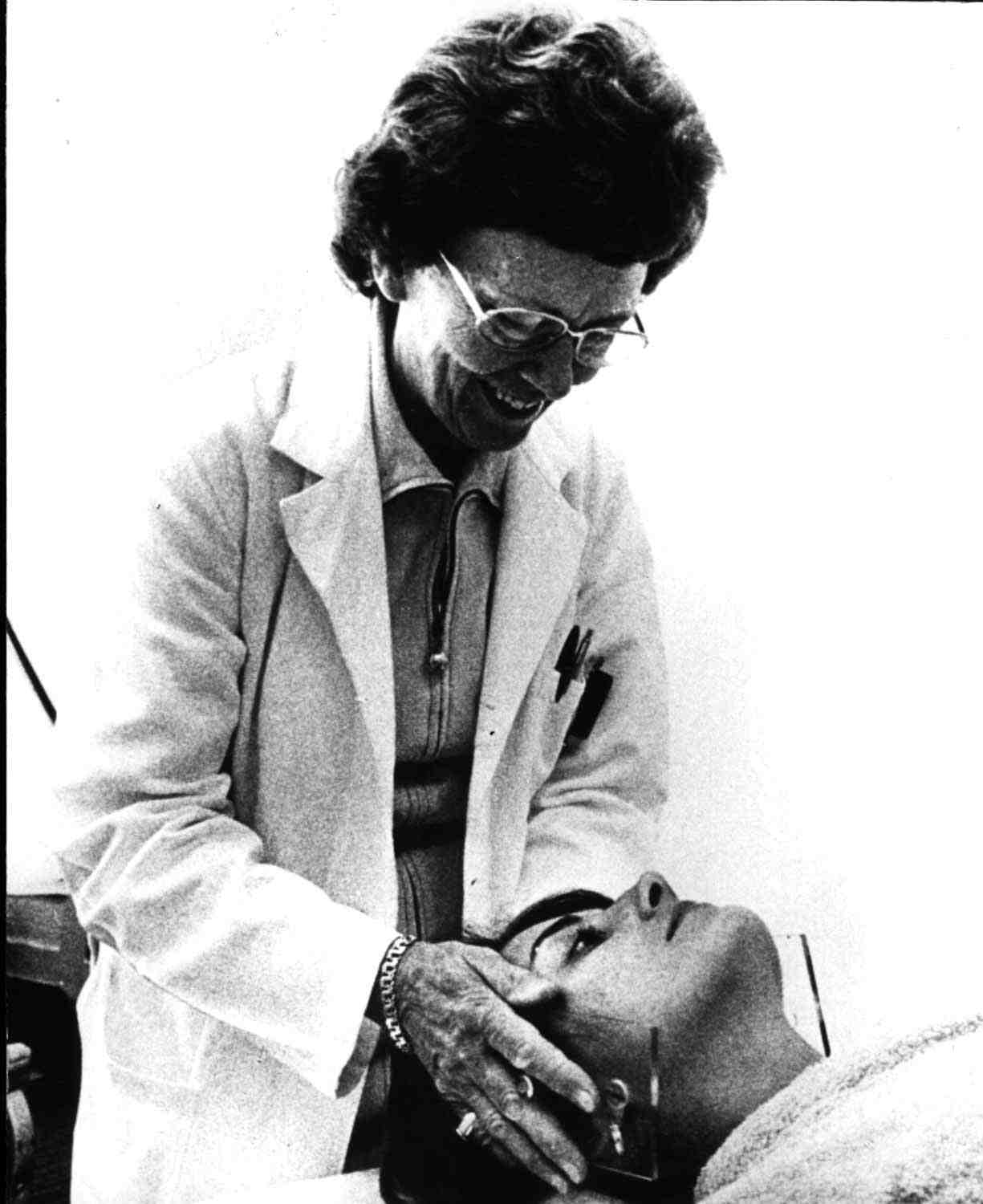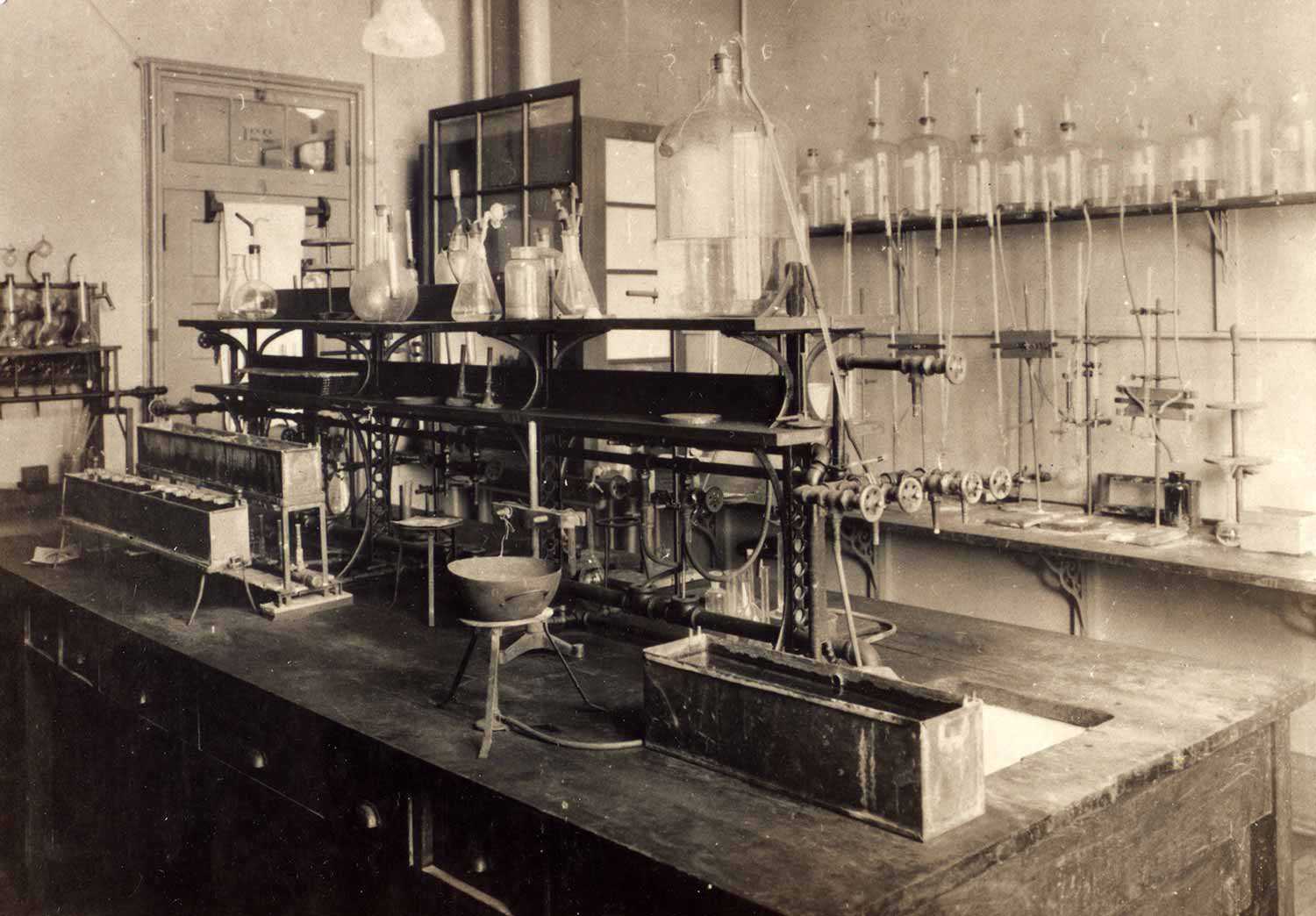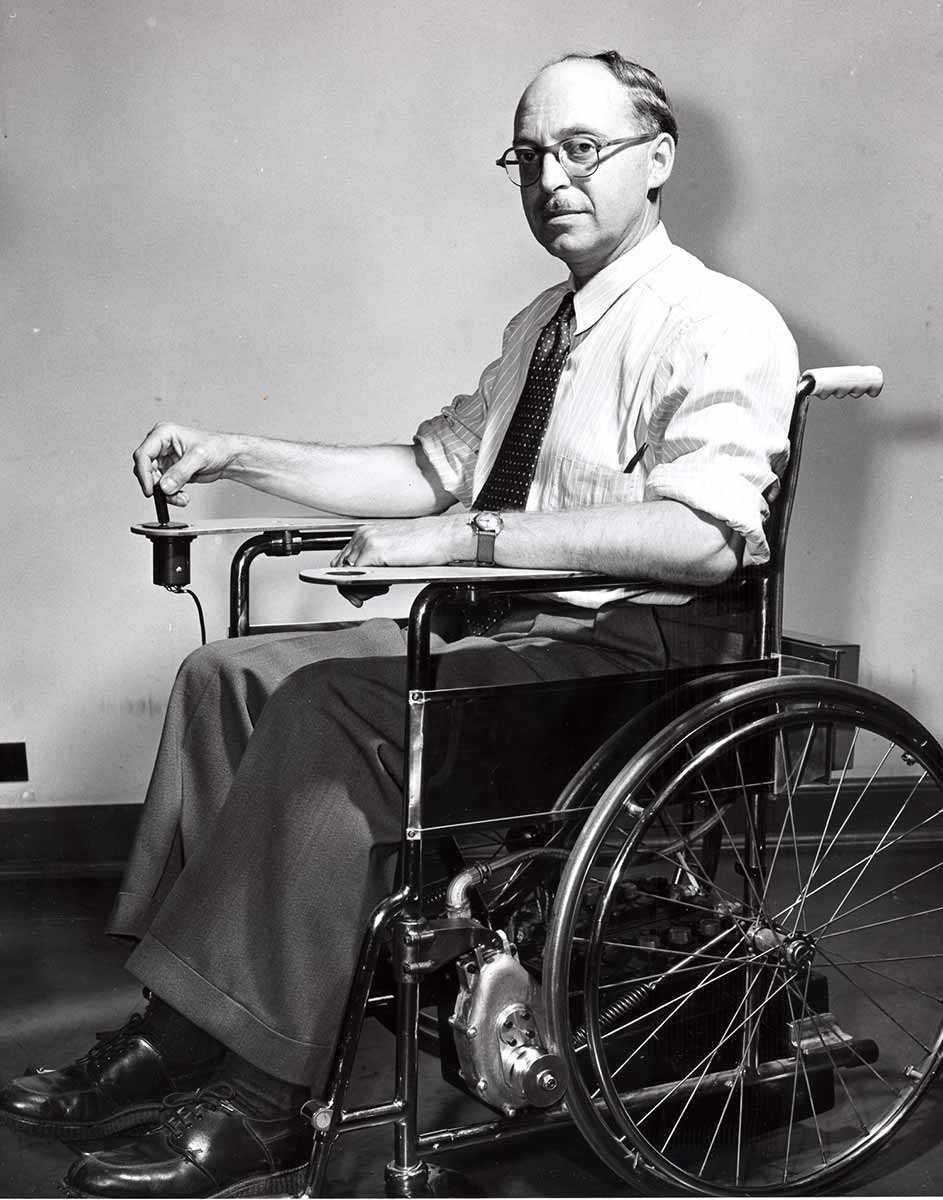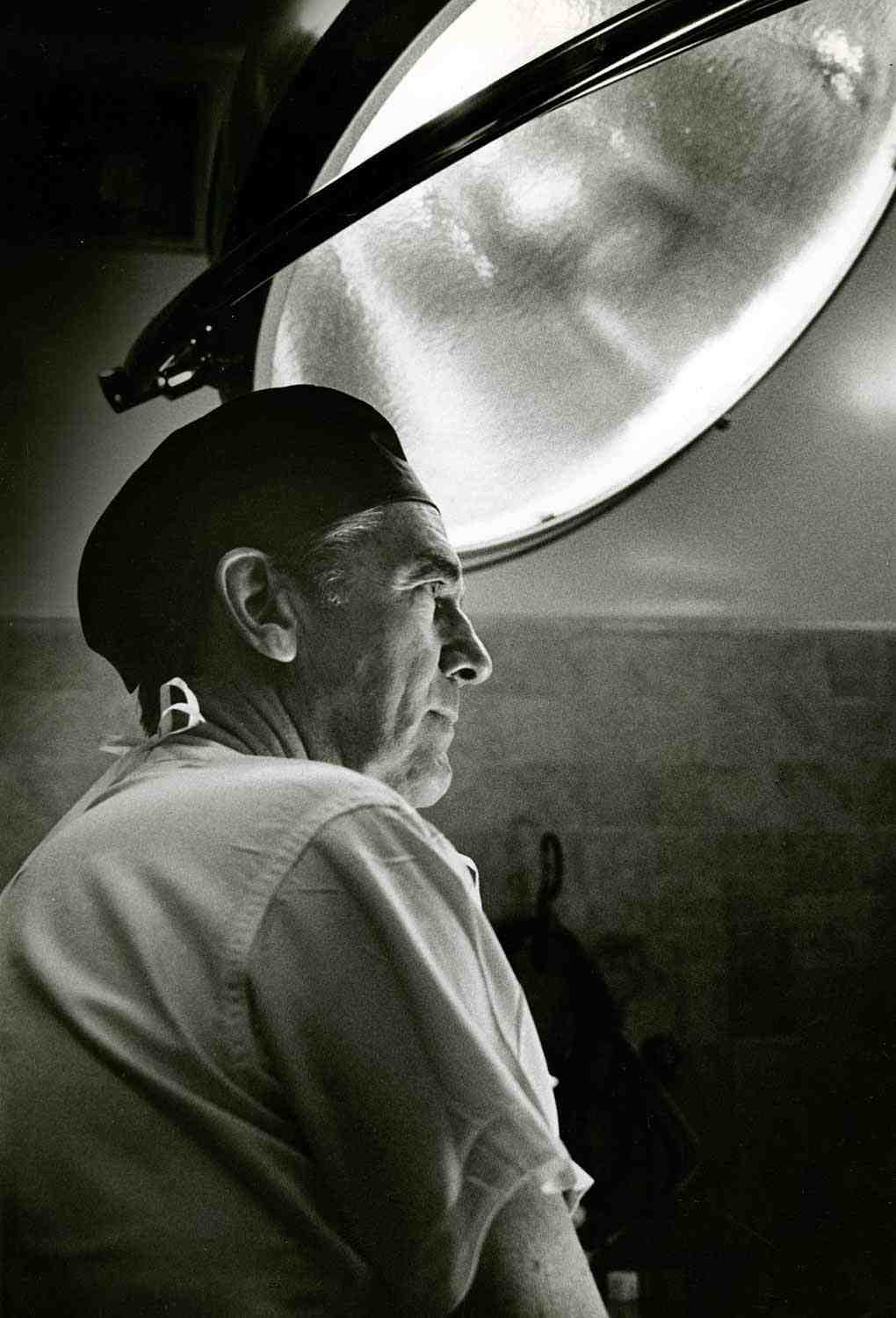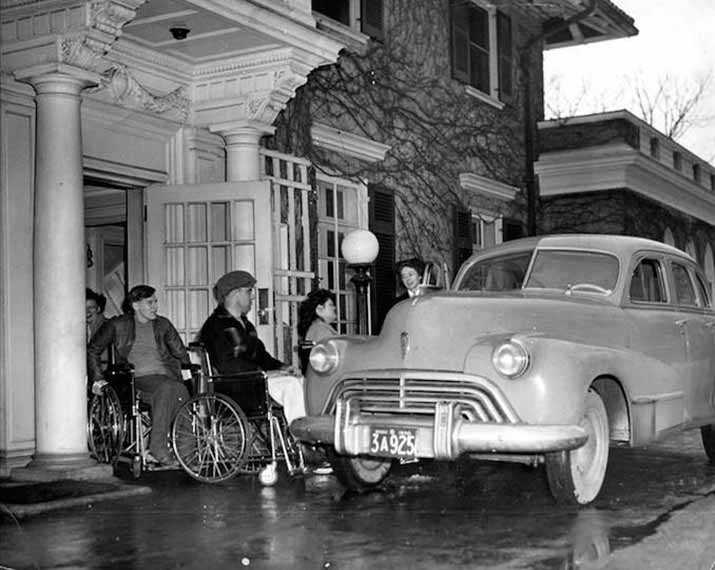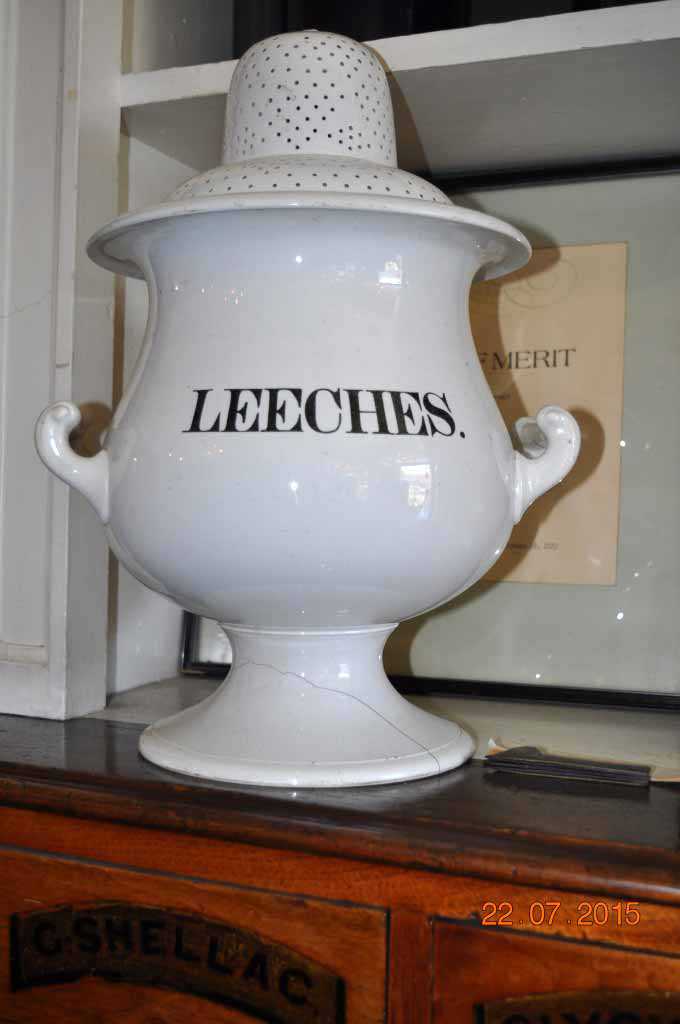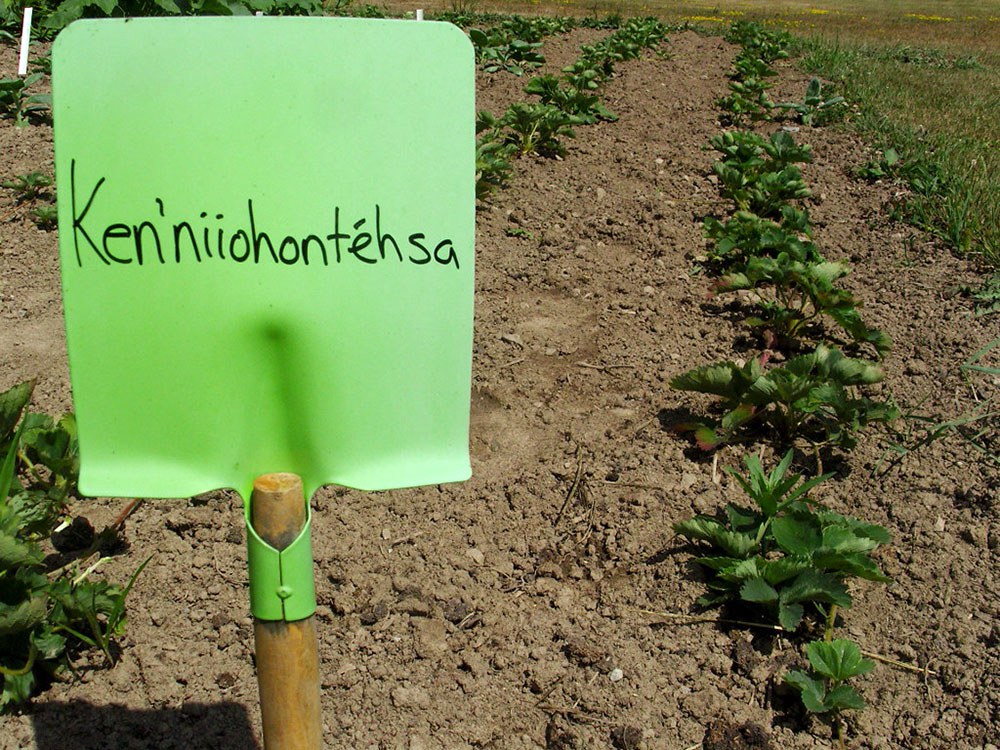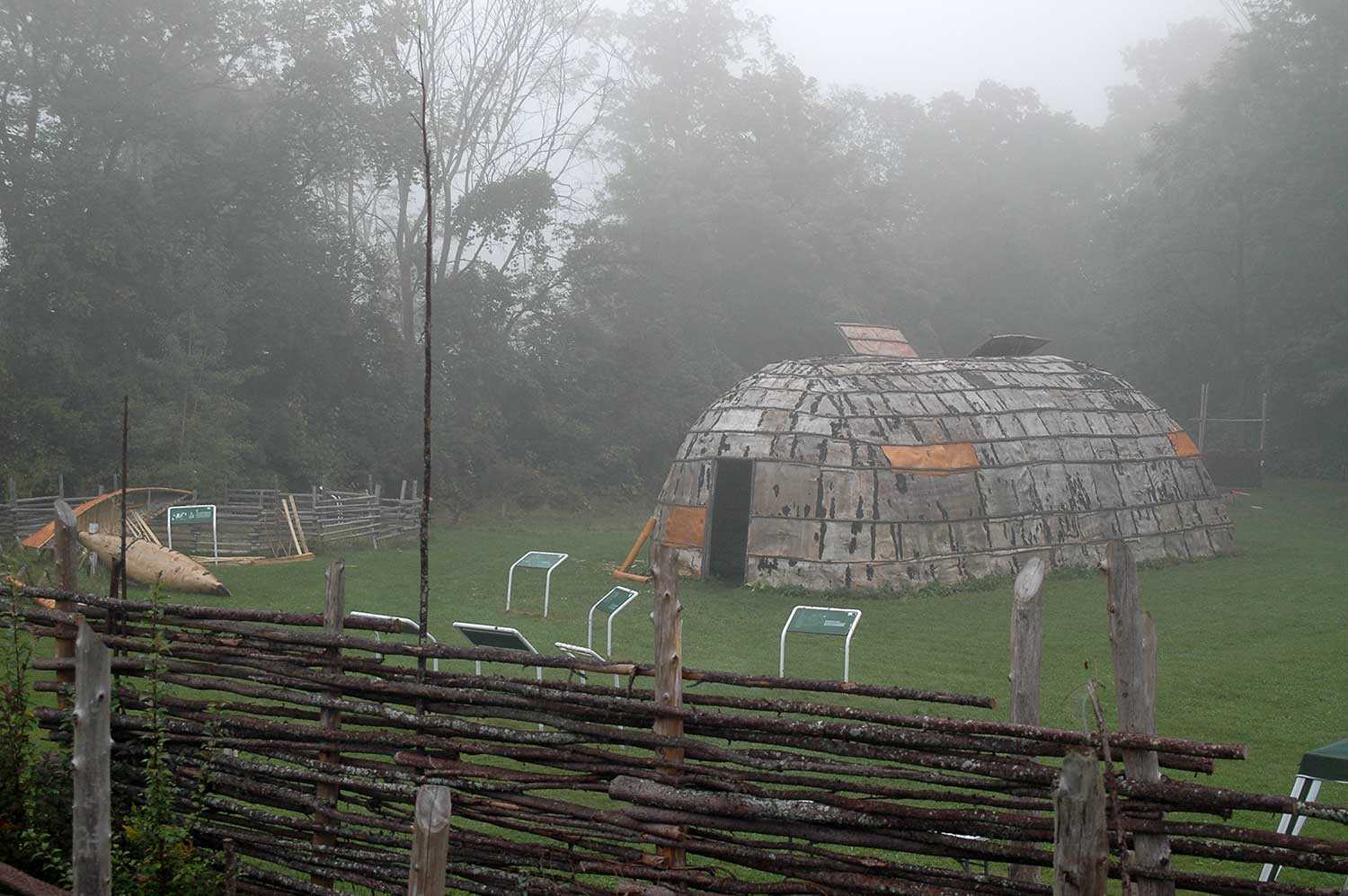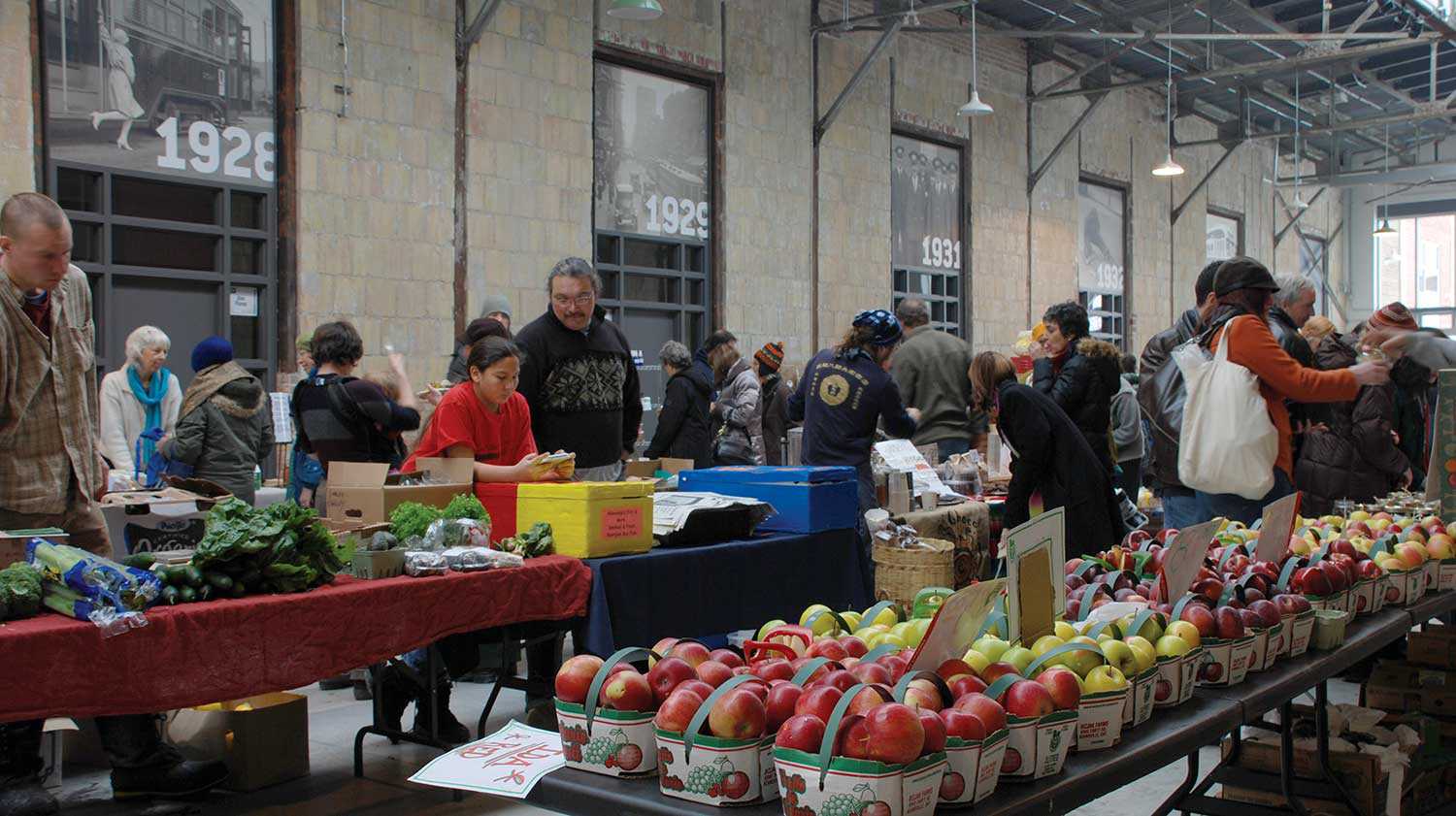

Browse by category
- Adaptive reuse
- Archaeology
- Arts and creativity
- Black heritage
- Buildings and architecture
- Communication
- Community
- Cultural landscapes
- Cultural objects
- Design
- Economics of heritage
- Environment
- Expanding the narrative
- Food
- Francophone heritage
- Indigenous heritage
- Intangible heritage
- Medical heritage
- Military heritage
- MyOntario
- Natural heritage
- Sport heritage
- Tools for conservation
- Women's heritage
Indigenous traditional medicine
“Traditional medicine” refers to knowledge and practices of Indigenous peoples that promote health and well-being, and that have been passed down from generation to generation over hundreds and even thousands of years.
For many Aboriginal people (First Nations, Inuit and Metis), traditional medicine is part of a holistic philosophy of health and healing that is underpinned by a belief in the connectivity between emotional, spiritual, physical and mental well-being. The knowledge that informs traditional medicine derives from multiple sources, including traditional teaching, empirical observation and revelation. This knowledge is often imparted by elders or healers through a plurality of forms and practices, including herbal medicines, dances, ceremonies and counselling. Traditional medicine is closely tied to language, culture and the natural environment and is, therefore, specific to each community and connected to local knowledge and world view. The Anishinaabe term for medicine – Mshki ki, for example – derives from the words Mshki, meaning strength, and ki, which comes from the word Aki, meaning earth. It translates, therefore, as “strength from the earth,” and demonstrates the fundamental relationship in traditional medicine between the individual and the natural environment.
The World Health Organization identifies “traditional medicine” as “the sum total of knowledge, skills and practices based on the theories, beliefs and experiences indigenous to different cultures, whether explicable or not, used in the maintenance of health as well as in the prevention, diagnosis, improvement of treatment of physical and mental illness.”
The medicine wheel is used by many First Nations in healing and teaching practices, and is an expression of the holistic nature of traditional medicine. Sometimes called “hoops,” medicine wheels also vary from nation to nation in terms of their use and significance. Fundamental similarities, however, include their circular shape and division into four parts – representing physical, emotional, mental and spiritual factors. The medicine wheel is a symbol of harmony, balance, continuity and interconnectivity as they relate to the individual, the community and the universe.
The use of medicine wheels and other forms of traditional healing was harshly repressed in many places during the 19th and 20th centuries. Today, however, Indigenous communities are again recognizing the importance of traditional medicine as a means of improving the health and quality of life.

